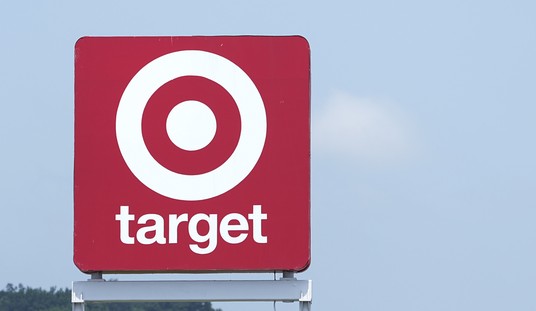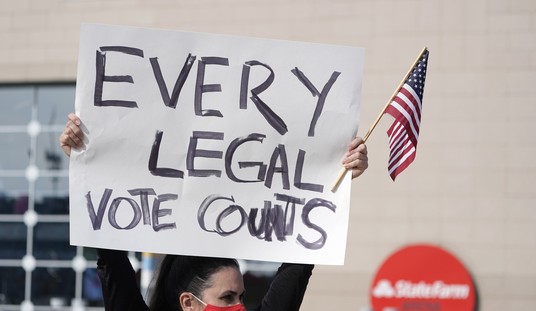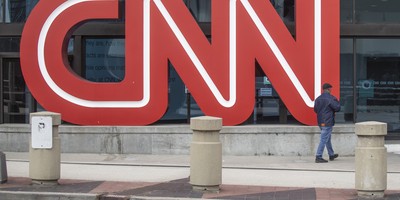"Every single great idea that has marked the 21st century, the 20th century and the 19th century has required government vision and government incentive," Vice President Joe Biden infamously asserted. "Private enterprise," he sneered, lags behind.
As always, the Beltway narcissists have it backward. Without private enterprise and free-market visionaries, public infrastructure wouldn't exist. Take the iconic Brooklyn Bridge, which turned 132 years old this week. It's not a government official whose vision built that. It's a fierce capitalist who revolted against unimaginative command-and-control bureaucrats in his home country.
Before he went on to pioneer aqueducts and suspension bridges across America, culminating in the Brooklyn Bridge, John Roebling was a government engineer in the German province of Westphalia. A cog in the Prussian building machine, he chafed under autocratic rule. No decisions could be made, no actions taken, he complained in his diary, "without first having an army of government councilors, ministers, and other functionaries deliberate about it for ten years, make numerous expensive journeys by post, and write so many long reports about it, that for the amount expended for all this, reckoning compound interest for ten years, the work could have been completed."
Fed up with innovation-stifling conformity, subordination and red tape, the ambitious 25-year-old Roebling set sail for the U.S. in 1831 aboard the American-built ship August Edward. During the 78-day journey, he wrote of his hopes and dreams "to found a new home in the western continent beyond the ocean, a new fatherland free from tyranny." Upon arriving in Philadelphia, he celebrated his adopted land's free-market economy.
Recommended
"The numerous hindrances, restrictions and obstacles, which are set up by timid governments and countless hosts of functionaries against every endeavor in Germany, are not to be found here," he reflected in a letter to friends and family.
"The foreigner must be astounded at what the public spirit of these republicans has accomplished up to now and what it still accomplishes every day. All undertakings take place through the association of private persons. In these the principal aim is naturally the making of money." The pursuit of self-interest was in of itself a source of public good, he concluded, "principally (as) a result of unrestricted intercourse in a concerted action of an enlightened, self-governing people."
Roebling failed at silkworm-farming, fabric-dying, rape seed oil farming and canary-raising before embarking on his engineering career. He patented an improved boiler for steamships, a safety gauge for a steam-boiler flue and a steam-powered motorcycle. He traveled wherever he could utilize his skills -- constructing dams on the Beaver River, consulting on hydraulics on the Croton River Aqueduct, knocking on doors for work across Pennsylvania.
With unbridled determination to build a lucrative family business, he patented and pioneered America's first commercially successful wire rope company. Frugal and financially savvy, Roebling operated on saved capital and refused to borrow. Several of his new clients paid him in stock, and he soon had a thriving investment portfolio. Coal mining companies in the anthracite region snapped up his sturdy cables.
Did he have "help" along the way? Plenty -- from other capitalists, that is.
Roebling purchased his wire from industrial pioneer Robert Townsend, who had founded the first iron wire mill west of the Allegheny Mountains in 1816. Townsend, who had learned the wire-making trade from Baltimore wire weaver Hugh Balderson, manufactured rivets, nails, fasteners and telegraph wire, in addition to supplying Roebling with wire for his early experiments and projects.
Samuel Wickersham's Pittsburgh Wire Works also supplied wire as Roebling gained more project work. And Sligo Iron Works made charcoal "blooms" for Roebling's wire: large blocks cast from molten iron and later steel, which were then "hot rolled" at high temperatures between two rotating cylinders into wire rods.
Later, Roebling's sons Charles and Ferdinand built a 200-acre state-of-the-art manufacturing campus, steel plant and village outside Trenton, N.J. Employing 8,000 workers, Kinkora Works produced everything from chicken wire and telegraph wire to tramway and elevator cables.
The suspension cables on the Golden Gate and George Washington bridges were manufactured by the Roeblings. So were the control cables in the Spirit of St. Louis, the first airplane to cross the Atlantic Ocean, and the tramway and construction cables used to build the Panama Canal. Even the wires used to stabilize the wings of the Wright Brothers' aircraft used Roebling trusses.
Here's the lesson White House progressives and Common Core historians won't teach: Roebling's Brooklyn Bridge is a towering legacy of the countless pursuits of individual American innovators who benefited the public by benefiting themselves and their families. The wealth-shaming social engineers in Washington will never understand. Private profit is a public good.

























Join the conversation as a VIP Member